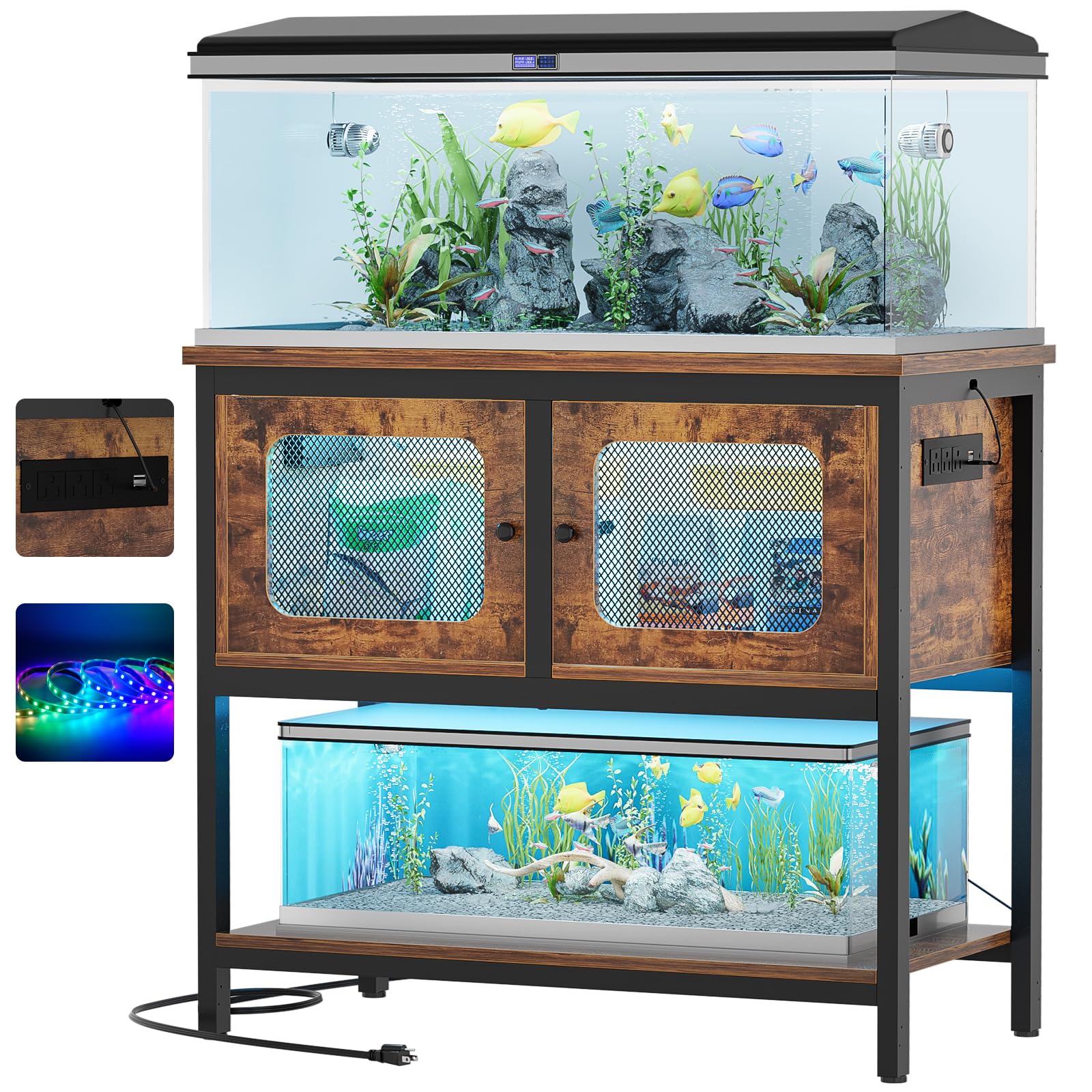
Apply Now


Essential Overview of Alaska Seafood in 2025
Alaska is known for its pristine waters and rich marine biodiversity, making its seafood some of the most sought after in the world. As we enter 2025, the demand for Alaska seafood remains strong, with consumers increasingly seeking fresh seafood options that also prioritize sustainability. Understanding the various types of seafood available, as well as the importance of sustainable fishing practices, is essential for anyone looking to enjoy high-quality Alaska products. This guide will break down the intricate world of Alaska seafood, highlighting top options, sustainable fishing methods, and exciting seafood recipes to try at home. In this article, we will cover the different varieties of Alaska seafood, including Alaskan salmon and halibut, the latest trends in seafood quality and sustainability, and how to access premium seafood through delivery services and local seafood markets. By the end, you'll gain insights into seafood pairings and preparation techniques to enhance your dining experience, ensuring that you're both informed and inspired to dive into the flavors of Alaska's bountiful seas.Understanding Alaska Seafood Varieties
Alaska is home to a diverse range of seafood, each with unique flavors and culinary uses. By exploring these varieties, consumers can make informed choices about the seafood they purchase and consume.Top Alaskan Salmon Varieties
Alaskan salmon is renowned worldwide for its superior flavor and nutritional benefits. The five primary species include Chinook, Coho, Sockeye, Pink, and Chum salmon. Each species offers distinct culinary characteristics; for instance, Chinook salmon, often referred to as king salmon, is known for its high oil content and rich, buttery flavor, making it perfect for grilling or smoking. Consumer preference for salmon varies, with some choosing the vibrant color and firm flesh of Sockeye for dishes like sushi or grilled preparations. Meanwhile, Coho, with its milder and delicate taste, is great for sautéed dishes. Whether you're sourcing your salmon from a local fish market or an online seafood shop, be sure to look for sustainability certifications that ensure responsible fishing practices.Alaskan Halibut and Its Culinary Uses
Another top-tier seafood option from Alaska is halibut. Known for its mild flavor and flaky texture, Alaskan halibut is a versatile fish that can be grilled, baked, or fried. It is a popular choice for seafood lovers looking for healthy seafood options, providing ample protein and low-fat content. Cooking tips for halibut include marinating it with lemon juice and herbs to enhance its natural flavors. Local fishermen often showcase fresh halibut during fisheries management events, emphasizing the importance of sustainable fishing practices to preserve fish habitats and migratory routes. Exploring seasonal seafood promotions can yield great deals on halibut during its peak availability.Exploring Other Notable Species: Arctic Char
Arctic char, another gem from Alaskan waters, is often compared to salmon due to its rich flavor and high-fat content. This fish is especially cherished for its versatility, lending itself to various seafood dishes, from grilled preparations to sushi. Because of their eco-friendly farming methods, community-supported fisheries often recommend Arctic char as a sustainable seafood choice. Its delicate texture pairs exquisitely with flavorful marinades or sauces, enhancing your gourmet seafood dishes. Consider incorporating Arctic char into your seafood rotation for a taste of Alaskan quality.Fishing Practices and Sustainability in Alaska
The significance of sustainable fishing practices cannot be overstated in Alaska, where regulations and community involvement play a crucial role in preserving underwater ecosystems and wildlife conservation.The Role of Fisheries Management
Alaska's fishery management system is designed to ensure the longevity of its fish populations. Rigorous monitoring practices help maintain balanced ecosystems, ensuring fish habitat sustainability and preventing overfishing. These practices are backed by science, contributing to the responsible collection of native species like salmon and halibut. Support for fisheries management fosters environmentally responsible methods and encourages local communities to engage in sustainable fisheries practices, reinforcing the relationship between resource conservation and seafood quality.Advancements in Seafood Sourcing and Certification
With environmental awareness growing, seafood certification programs have gained traction. Labels like the Marine Stewardship Council (MSC) and the Aquaculture Stewardship Council (ASC) indicate that the seafood was sourced sustainably and ethically, benefiting both consumers and fisheries. When shopping for seafood, look for these eco-labels to ensure you're supporting sustainable fishing practices and minimizing your environmental impact. Such certifications provide peace of mind that your seafood choices are contributing to a healthier planet and resilient fisheries.Accessing Alaska Seafood: Market Insights
With the rise of online shopping, accessing fresh Alaska seafood has never been easier. From seafood delivery services to wholesale seafood markets, there are numerous options to get premium seafood from the North Pacific delivered right to your door.Seafood Online Shops and Delivery Services
Online seafood shops offer convenience and quality, allowing consumers to browse a variety of seafood products at their leisure. Many companies provide detailed information about their sourcing practices, ensuring transparency in the seafood supply chain. Orders are generally packed with care, ensuring that products remain fresh during transit. When choosing an online seafood retailer, consider those that prioritize sustainable seafood practices and offer special promotions or seasonal seafood items. This not only supports responsible fishing effort but also brings the authentic flavors of Alaska straight to your kitchen.Local Seafood Markets and Community Engagement
Engaging with local seafood markets fosters community involvement and supports local fishermen. Many of these markets provide fresh catch, including Alaskan king crab and shrimp, directly from the docks. This practice not only enhances seafood quality but also strengthens local economies. Regular visits to seafood festivals can provide exposure to a variety of seafood dishes and cooking methods. Moreover, local fishermen often share seafood cooking tips and techniques, enriching your knowledge and appreciation for Alaska's seafood culture.Delicious Seafood Recipes to Try
Now that you've learned about the various types of Alaska seafood and their sustainable sourcing practices, let’s dive into some delectable recipes that showcase these flavors beautifully.Flavorful Alaskan Salmon Dishes
Preparing an aromatic baked salmon dish is simple yet rewarding. Simply season salmon fillets with garlic, rosemary, and a splash of lemon juice before baking them until flaky and tender. Pair with seasoned asparagus for a complete meal that highlights the quality of Alaskan salmon. For a summer grilling option, try skewering salmon chunks with colorful bell peppers and onions, marinating them in an herb-infused oil before grilling to perfection. Serving with wild rice or a mixed salad adds fresh elements to your seafood feast.Chef-Inspired Halibut Recipes
Trying out halibut tacos can be a delightful twist on taco night. Sauté seasoned halibut with onions and peppers, then serve in warmed corn tortillas topped with fresh cilantro, avocado, and a creamy chipotle sauce. This fresh take on a classic will surely impress family and friends. Also consider baking halibut with a topping of panko breadcrumbs and parmesan cheese, creating a crunchy and flavorful crust that enhances each bite. Serve with a side of buttery mashed potatoes for an indulgent meal.Seafood Trends and the Future of Alaska Seafood
As we look ahead, several trends are emerging in the seafood industry that highlight innovation and changes in consumer preferences.Emphasis on Seafood Health Benefits
As more people become aware of the health benefits of incorporating seafood into their diets, consumers are seeking healthy seafood options that offer omega-3 fatty acids and lean proteins. Seafood consumption trends suggest a rise in interest towards products that emphasize health benefits and sustainability. Understanding these trends can help consumers make better-informed choices about the seafood they incorporate into their diet, ensuring not only delicious meals but also improved health outcomes.Innovations in Seafood Packaging and Safety
With the growing demand for quality seafood, companies are investing in innovative packaging solutions that extend shelf life while ensuring seafood safety. Improved freezing methods and vacuum seal technology are becoming standard practices to maintain seafood quality from ocean to plate. These advancements signify not just a focus on quality but also aim to reduce food waste, contributing to more responsible seafood consumption practices.Q&A Section: Navigating Alaska Seafood Choices
What makes Alaska seafood different from seafood sourced elsewhere?
Alaska seafood is distinguished by its wild-caught status, sustainable sourcing practices, and superior flavor profile due to the clean ocean waters of the North Pacific. Many species, like Alaskan salmon and halibut, thrive in this environment, making them exceptional options.How can I verify if my seafood is sustainably sourced?
Look for eco-labels such as the Marine Stewardship Council (MSC) certification to ensure your seafood is sustainably sourced. These labels indicate adherence to responsible fishing practices that protect fish habitats and promote environmental health.What are some essential seafood cooking tips for beginners?
Starting with simple techniques like grilling, baking, or sautéing seafood can yield delicious results. Always use fresh herbs and seasonings to enhance the natural flavors of seafood. Additionally, learning proper thawing methods and cooking times is key to achieving the best texture.Conclusion
Alaska seafood remains a cornerstone of healthy and sustainable eating, offering a rich variety of options that cater to various culinary preferences. From gourmet dining to home-cooked meals, understanding the importance of sustainable fishing practices only enhances the appreciation for these high-quality products. As we explore future trends in seafood innovation and accessibility, consumers are in a prime position to make choices that benefit their health and the environment. By staying informed about seafood sourcing and preparation techniques, you can fully enjoy the best that Alaska seafood has to offer.
